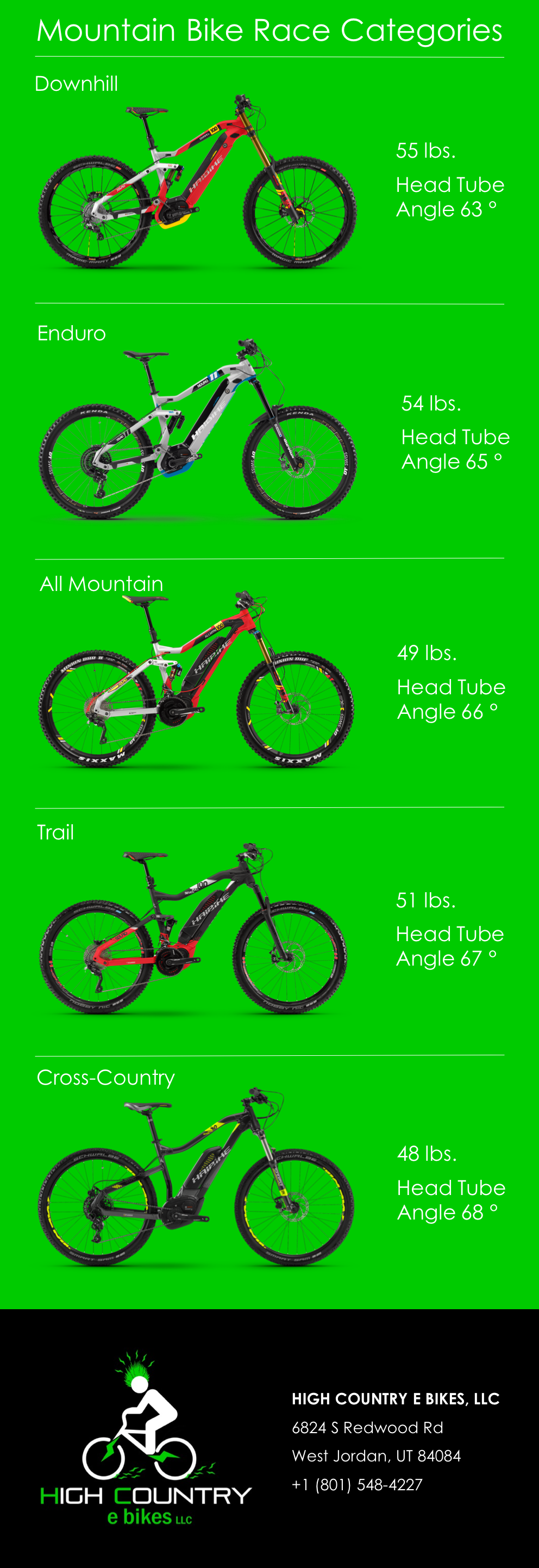Understanding E-Bike : A Newbie'S Manual For Your City
Understanding E-Bike : A Newbie'S Manual For Your City
Blog Article
Web Content By-Spivey Stanton
Prior to you get on your e-bike and hit the streets, it's crucial to understand the regulations and laws that regulate your city. From speed limits to designated riding areas, there's a great deal to take into consideration to guarantee you're compliant and risk-free. By acquainting yourself with the rules details to e-bikes, you'll be better furnished to appreciate your experiences with no unexpected lawful concerns. Stay tuned to find vital insights that will certainly aid you navigate the e-bike landscape in your city perfectly.
Understanding E-Bike Classification
When it pertains to navigating the realm of e-bike regulations and laws, an essential starting point is recognizing the category system that categorizes these electric bicycles. E-bikes are usually identified into three major categories: Course 1, Class 2, and Course 3.
Course 1 e-bikes are pedal-assist just, meaning they give help while the motorcyclist is pedaling and have a maximum speed of 20 mph. These bikes are allowed locations where conventional bikes are permitted.
Class 2 e-bikes are furnished with a throttle that can thrust the bike without pedaling. They also have a maximum speed of 20 miles per hour and appropriate for motorcyclists that might need support without pedaling continually.
Class 3 e-bikes are similar to Course 1 yet with a higher maximum speed of 28 miles per hour. These bikes are typically restricted from particular bike paths or trails because of their greater rates.
Understanding these classifications is vital for abiding by local regulations and making sure a secure and pleasurable e-biking experience.
Browsing Rate Restrictions and Restrictions
To successfully browse e-bike laws and regulations, it's critical to recognize the speed restrictions and limitations that relate to different courses of electrical bikes.
electric bikes offroad for e-bikes vary depending on the category of the bike. Course 1 e-bikes, which are pedal-assist just and have a maximum speed of 20 mph, are normally permitted on bike lanes and courses.
Course 2 e-bikes, which have a throttle along with pedal-assist and likewise get to rates of as much as 20 mph, may be limited in particular areas where motorized vehicles aren't allowed.
Class 3 e-bikes, with pedal-assist as much as 28 mph, are typically required to adhere to the very same policies as conventional bicycles.
It is very important to follow these rate limits and constraints to ensure your security and the safety of others when driving. Prior to riding your e-bike, acquaint yourself with the certain laws in your city to avoid any prospective penalties or legal issues.
Where to Experience Your E-Bike
To determine where you can ride your e-bike, it's important to know the regulations and standards particular to your location. In hop over to this site of areas, e-bikes are normally permitted on roads and streets where conventional bicycles are permitted. This might consist of bike lanes, bike courses, and shared streets. However, it's crucial to inspect neighborhood laws as some cities might have certain limitations on where e-bikes can be ridden.
When riding your e-bike, constantly focus on safety by complying with website traffic policies and respecting pedestrian walkways. In addition, be mindful of any type of designated bike lanes or courses in your location and utilize them whenever possible to guarantee a smoother and safer ride.
Some cities also have regulations regarding e-bike usage on walkways, so make sure to familiarize on your own with these regulations to prevent any kind of fines or fines.
Conclusion
Since you recognize with the legislations and laws surrounding e-bikes in your city, you can with confidence hit the road understanding where you can ride and what constraints relate to your e-bike classification. Bear in mind to always prioritize safety and comply with the rules to ensure a smooth and lawful ride. Happy riding!
